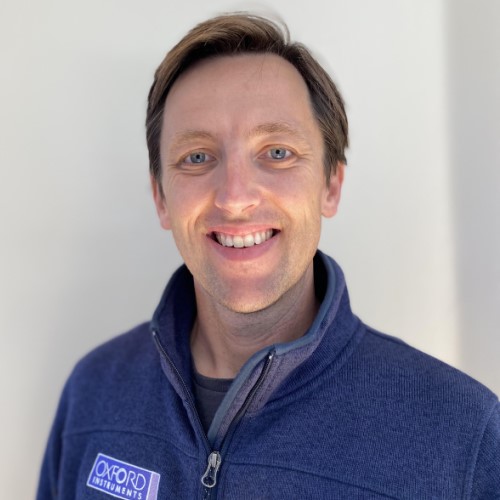Next-Generation Fabrication for Low-Loss Quantum Photonic Devices
Next-Generation Fabrication for Low-Loss Quantum Photonic Devices
Presented by:
Russ Renzas, Oxford Instruments plcNext-generation quantum photonic devices routinely operate in the single-photon regime. As a result, these devices require novel device fabrication approaches to reduce losses as much as possible. Atomic layer deposition, atomic layer etch, and ion beam deposition offer potential to produce low-loss, high-performance photonic quantum devices. Such devices include single-photon emitters, superconducting nanowire single-photon detectors (SNSPDs), color-center-based devices such as diamond nitrogen-vacancy (NV) magnetometers, and more. Renzas reviews the need for and basic function of quantum photonic devices and explains how next-generation fabrication techniques can bridge the gap between today’s research-oriented first generation and tomorrow’s robust, reliable, and high-yield quantum photonic devices.
About the presenter
Russ Renzas, Ph.D., specializes in quantum technology with the Plasma Technology group at Oxford Instruments. He facilitates collaborations that leverage Oxford Instruments’ process expertise to help its partners fabricate next-generation quantum devices. Renzas’ experience includes directing device fabrication at Rigetti Computing, a superconducting quantum computing startup, as well as leading metrology, failure analysis, and fundamental understanding at a silver nanowire startup. He also has experience as a deal lead for the Princeton Alumni Angels. Renzas has co-authored over 15 peer-reviewed journal articles with nearly 3000 citations. He has a bachelor of science degree in electrical engineering from Princeton University. He earned his doctorate in physical chemistry at the University of California, Berkeley. He is currently based in Reno, Nev., where he is also an adjunct professor at the University of Nevada.
Search for more products and services

We use cookies to improve user experience and analyze our website traffic as stated in our
Privacy Policy. By using this website, you agree to the use of
cookies unless you have disabled them.